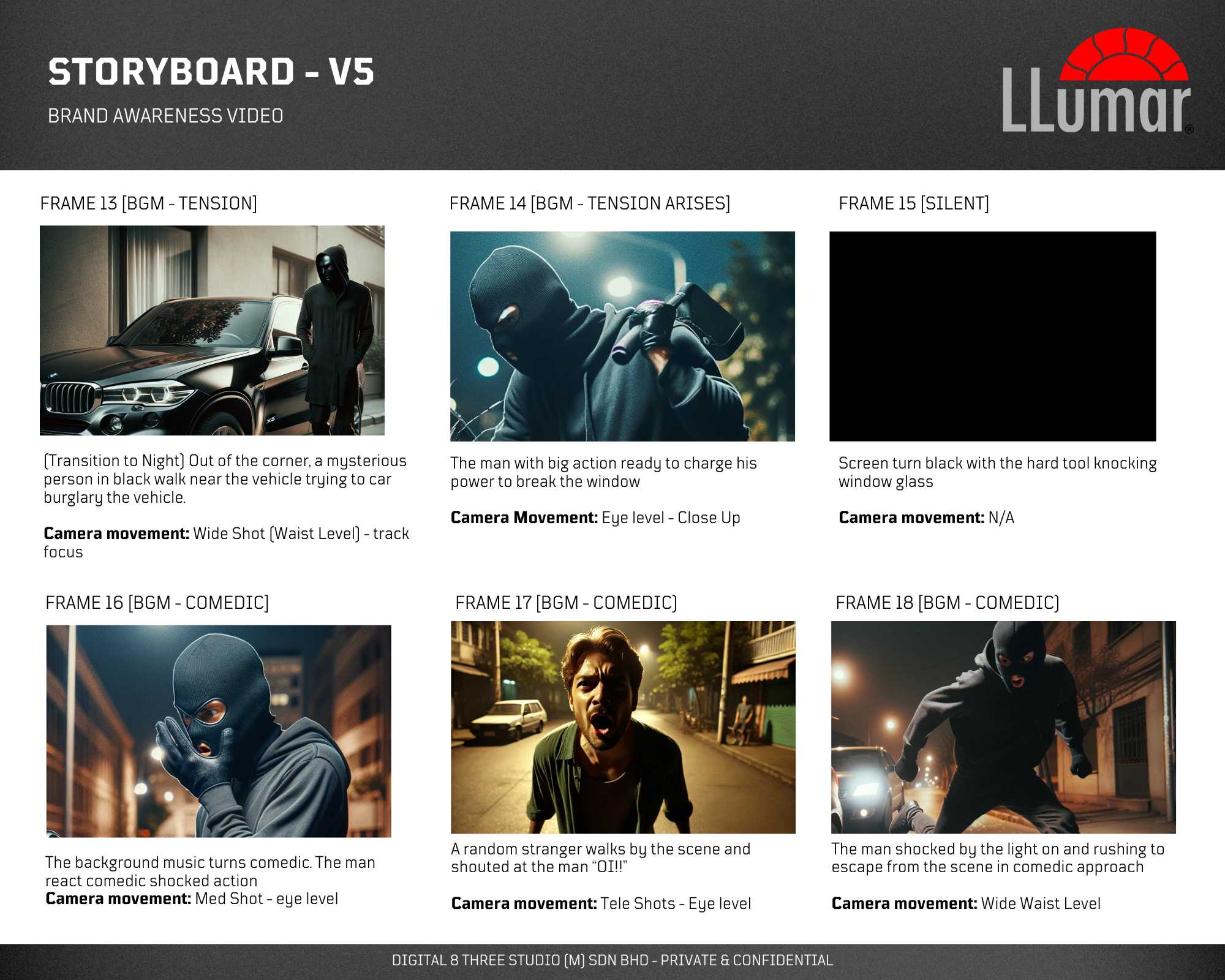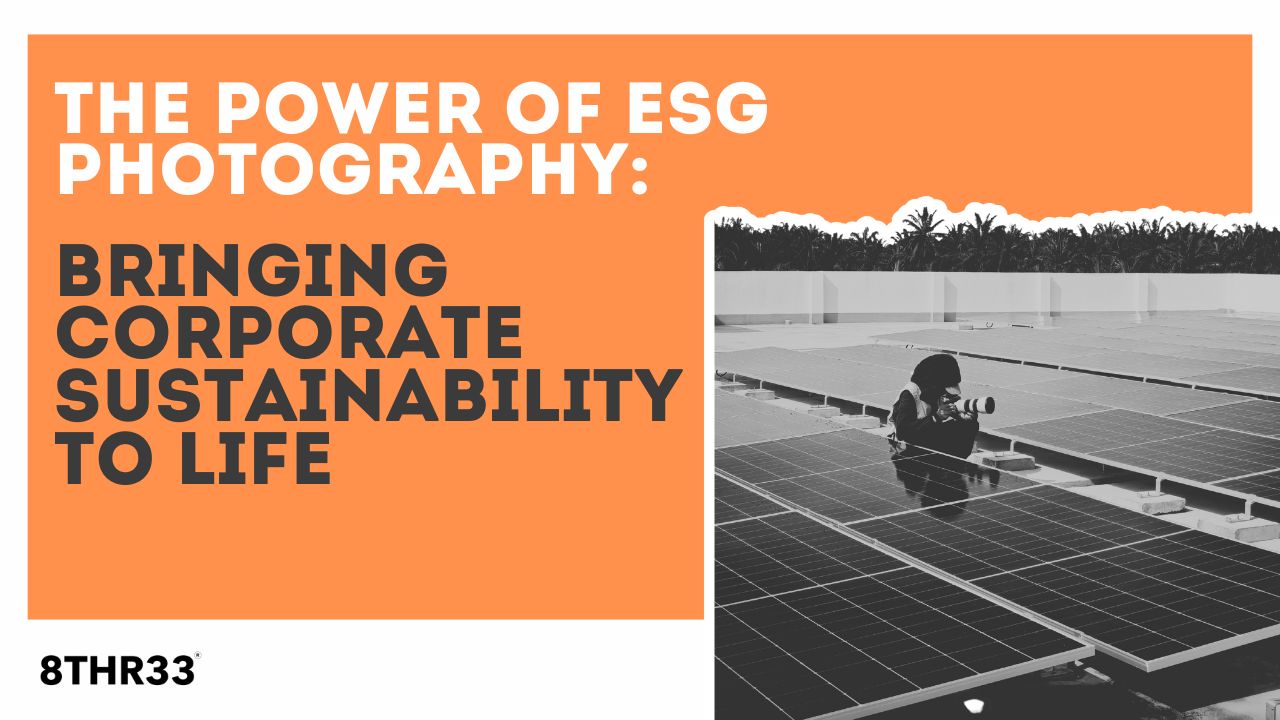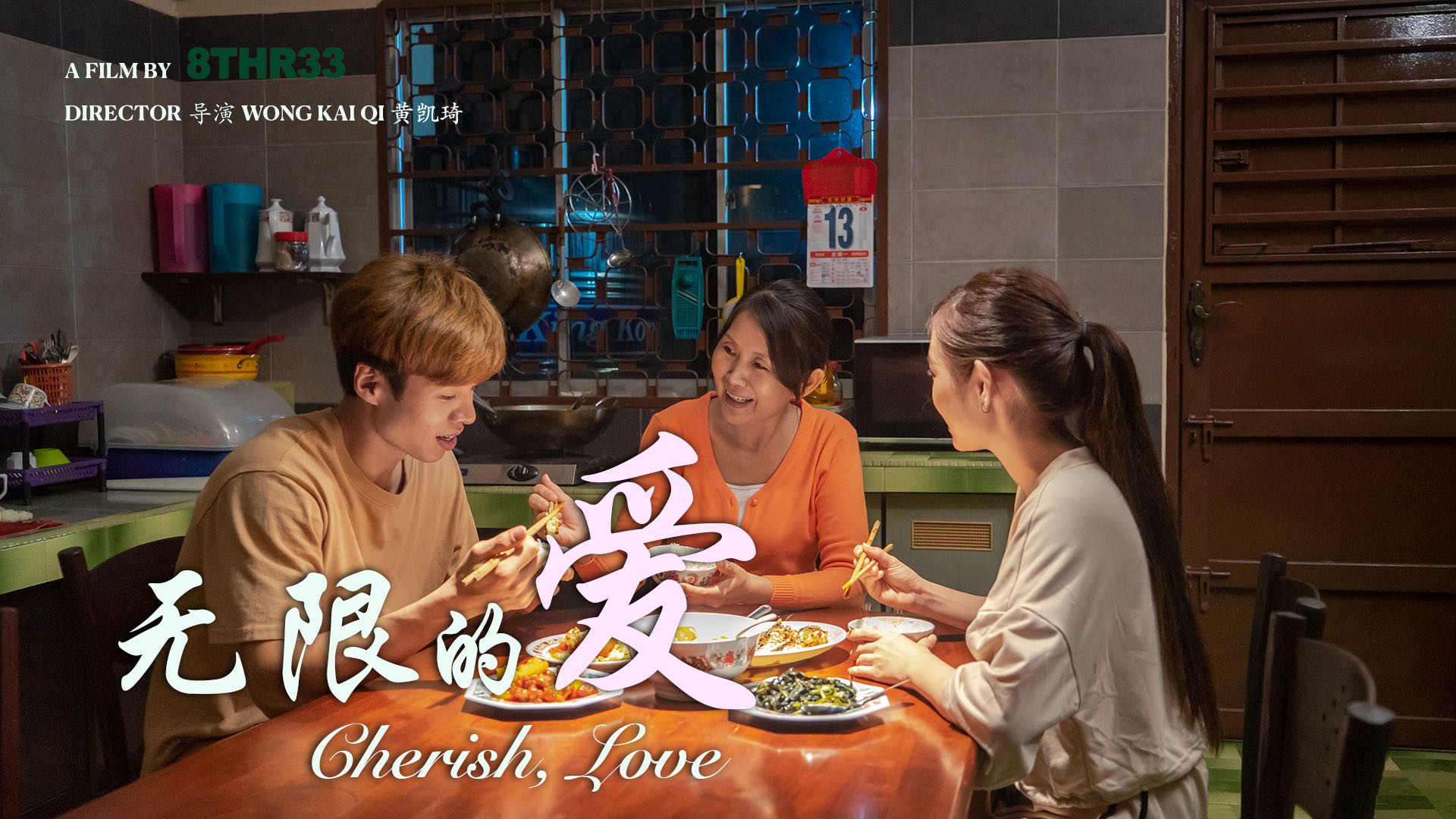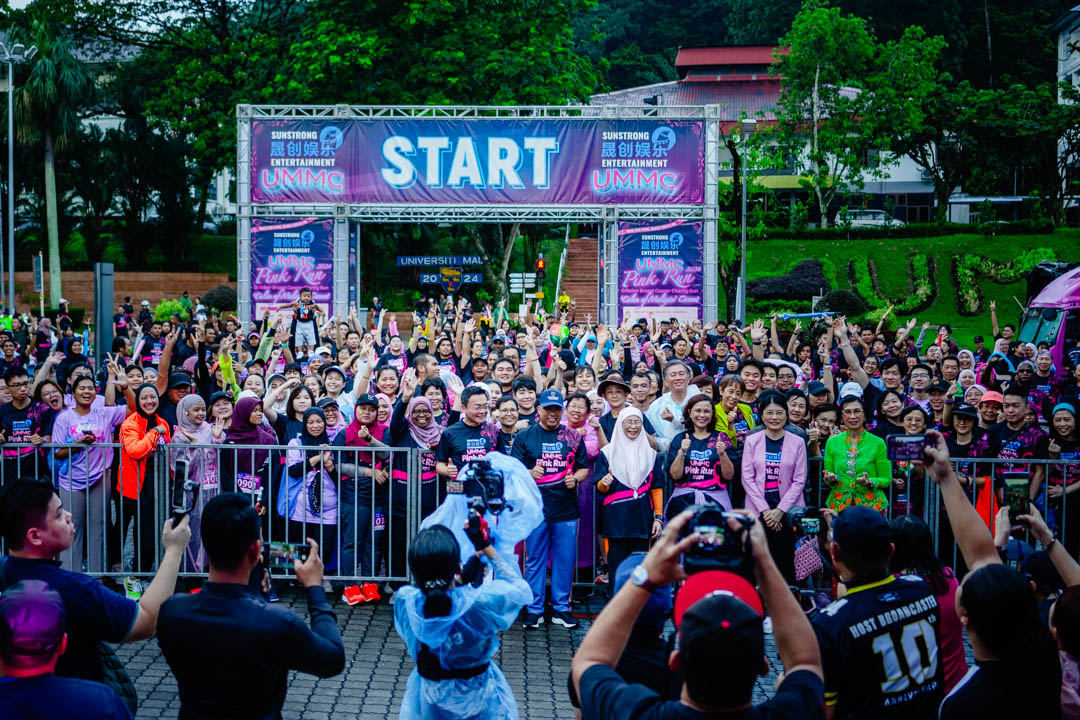How AI is Changing Pre-Production and Storyboarding
From Concept to Creation: How AI is Changing Pre-Production and Storyboarding
In the film and video world, bringing an idea to life requires a lot of time and coordination. Today, new advances in Artificial Intelligence (AI) are reshaping pre-production, especially the critical phase of storyboarding. AI-driven tools streamline the process and let filmmakers focus more on creativity than on tedious tasks.
AI-Enhanced Concept Development
Traditionally, generating ideas and visual references required days of research. Now, AI-powered software can compile mood boards, style references, and thematic elements in moments. It uses keywords or sample images to find relevant visuals from vast libraries. As a result, directors and producers can refine their vision early on without spending hours scouring the internet for inspiration.

Automated Storyboarding Tools
Once the concept is clear, the next step involves turning ideas into a coherent sequence of scenes. AI-driven applications now generate rough storyboard frames from text prompts, giving creators a quick starting point. The software analyzes scripts or descriptions to suggest camera angles, character placement, and backgrounds. While these AI-generated boards won’t replace a dedicated storyboard artist, they provide a cost-effective option. This approach saves time and helps visualize key moments before more detailed artwork is created.
Greater Creative Freedom
The greatest impact of AI on pre-production and storyboarding is the freedom it grants to creators. AI tools handle repetitive, labor-intensive tasks, so filmmakers can focus on storytelling, character development, and the emotional core of their work. This balance of human creativity and machine efficiency leads to productions that are meticulously planned yet infused with genuine innovation.
As AI evolves, more advanced features—such as 3D previsualizations or virtual location scouting—are likely on the horizon. For now, integrating AI into pre-production helps creative teams move faster, collaborate better, and produce more compelling stories. By blending human insight with machine precision, the path from concept to creation becomes smoother and more imaginative than ever before.





